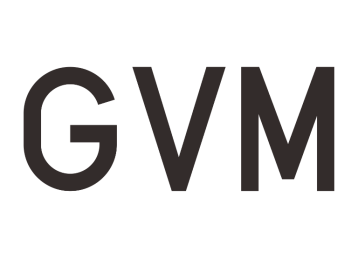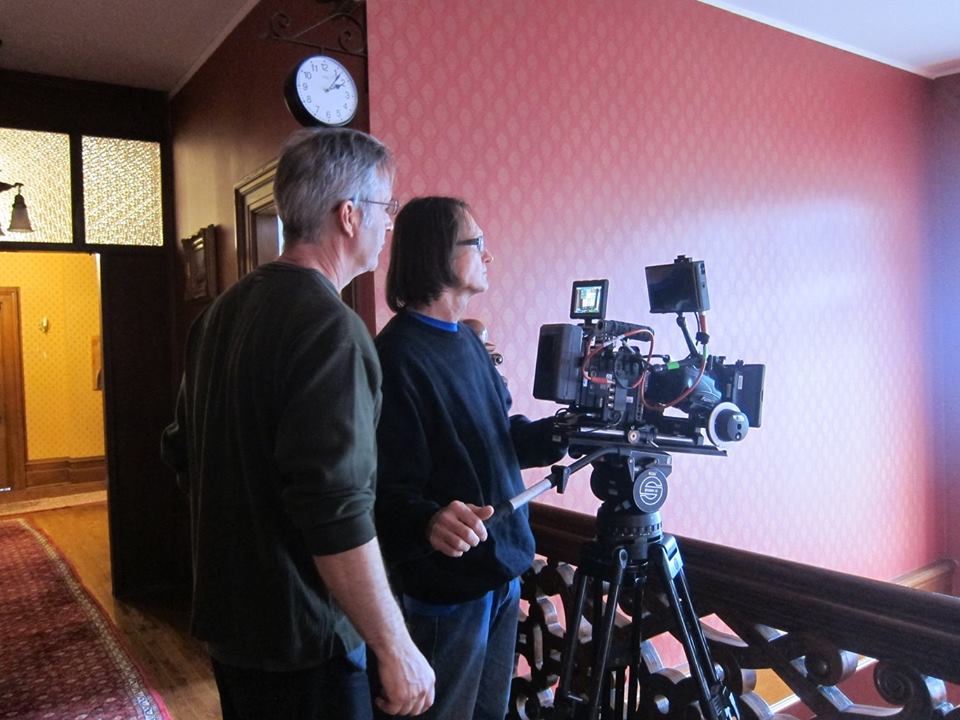
Sometime late in 2020, it came to our attention that Toronto-based veteran Canadian cinematographer John Holosko CSC had chosen to light an entire feature film with only three lights. This immediately piqued our curiosity and we wanted to find out more about this unique film, which has been doing the festival rounds around the world during the past year, picking up an impressive amount of awards and nominations in the process. The film is called Nursery Rhyme of a Madman, and you can find out more about it by following the link at the end of this article.
Throughout the history of cinema, there have been a handful of legendary cinematographers renowned for being able to work very quickly -and in the process, keeping the amount of light sources to a minimum. Sven Nykvist ASC FSF comes to mind in this respect, as does James Wong Howe ASC. The latter perhaps particularly, and most effectively, in some of the night exteriors of ”Sweet Smell of Success” (1957).
But, to deliberately limit yourself to only three light sources for an entire feature film, as John Holosko CSC did on “Nursery Rhyme of a Madman”… How did he do it?
The easiest way to find out, of course, would be to ask Mr Holosko himself!
IMAGO: From where did the “three lights only” idea originate? Did you come up with it or was it part of the mission brief?
John Holosko CSC: Mostly all of the film was shot in one building used as our main location and I also had the choice of the time of day in the locations we would shoot in. Additionally, we had the luxury of much prep time.
During our preparations, the director Igor Stephen Rados and I had agreed that the location would also be a character in the film. I wanted to give Igor the freedom to use the locations with almost full access to the areas we were shooting in, and if need be a very quick lighting adjustment to continue on. I had decided to hang no lighting instruments for the look I desired, and after discussing this with the director he supported my vision. These many factors allowed me to decide on the three light approach.
IMAGO: Can you tell us a bit more about the origins of this project?
JH: The origins of ”Nursery Rhyme of a Madman” derive mainly from an inspirational source, with segments of the script based on the Polish play “THE MADMAN AND THE NUN” by Stanislaw Ignacy Wikiewicz. Our Director, Igor Stephen Rados, wanted to break the unity of space and time in order to adapt the play for film.
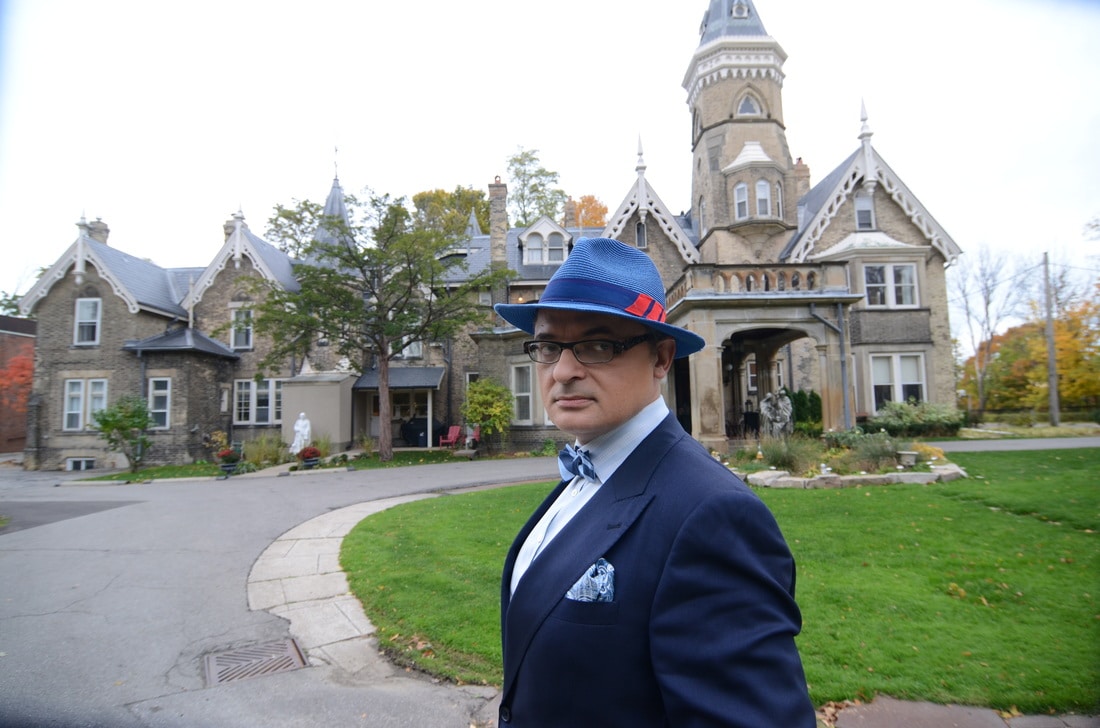
IMAGO: What was the location scouting like for this film?
JH: It was crucial to find one location, and in order to do so we looked at a number of locations. When we saw the Historical building at De La Salle College in Toronto it spoke to us, it was connected to the script visually.
IMAGO: Were there locations you would have liked to use but which fell through because of your chosen lighting strategy?
JH: No, we were lucky to find the perfect location after looking at many. I used quite a bit of natural light and I was able to decide on the time of day that we would be shooting in the various areas and rooms of the building. It did not always work out, but I feel fortunate that it worked most of the time.
IMAGO: What were the exact “three lights only” rules? Were you for instance allowed to use natural sunlight as a fourth source?
JH: I had no “three lights rule” strictly speaking, there were occasions when I used only one light.
As I mentioned in the previous question, I was able mostly to choose the time of day we shot in the various areas. Natural sunlight was used many times as a primary source. I diffused windows, bounced sunlight down halls and within rooms using mirrors, Styrofoam, Roscoflex, mylar, silk, magic cloth, foamcore (foam board) and various flexfills, and at times I used negative fill. I personally appreciate the visual quality of hard light at times.
IMAGO: How much did you rely on existing light on the various locations where you shot?
JH: My lighting was motivated and guided by the established lights. You can see one hallway shot in the film where I had unscrewed some bulbs on an existing ceiling fixture to control the look.
IMAGO: How often throughout the production did you wish you had allowed yourself more than three lights?
JH: There were a few times I would have liked a few more lights when the weather did not cooperate.
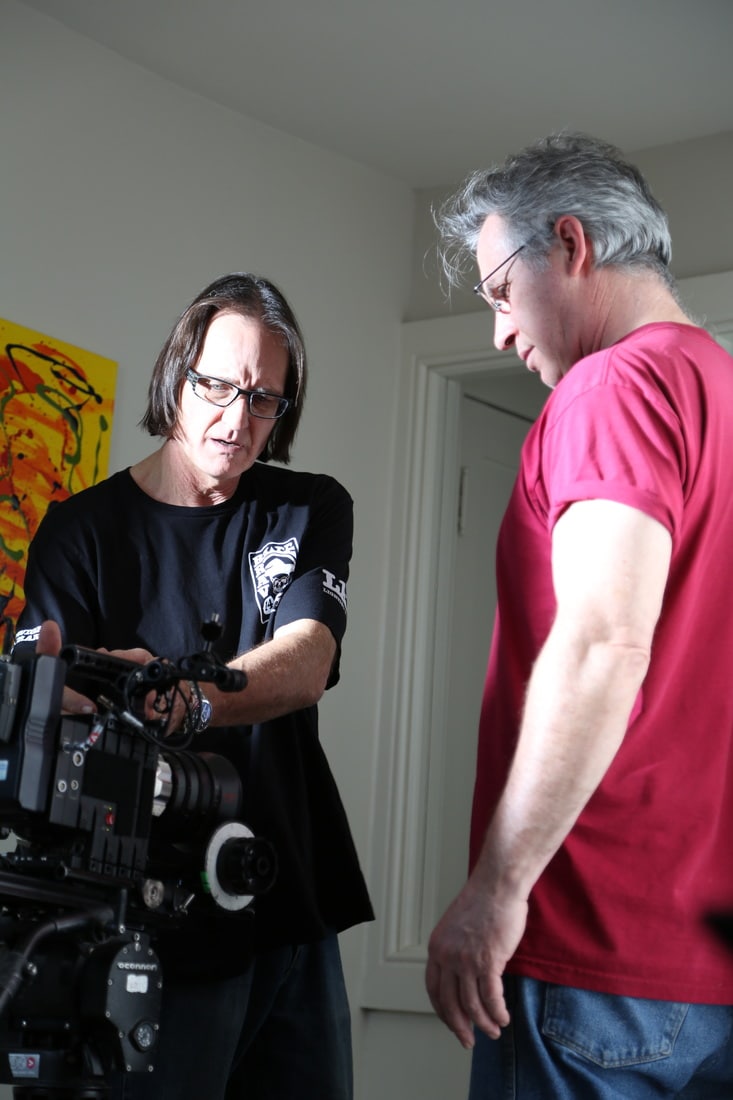
IMAGO: Three light sources only is of course a limiting factor, but when preparing a scene would you sometimes choose between the strategies “light the scene” or “light the room”?
JH: I don’t agree that three lights are a limiting factor. One properly placed light carries a beauty that can tell a story and evoke so much emotion. Igor was very specific and stayed true to his storyboards and as a result, I was always able to light the scene. My lighting footprint by design and simplicity never took up much space.
IMAGO: How about efficiency and speed of execution… Did you find the “three lights only” rule allowed you to work more quickly than you would usually do, or did it have the opposite effect? Personally, I could see it go either way! “If I use that light over there then I can’t use it over here and then I’ll have to…”
JH: We were very lucky with having fairly consistent weather throughout the feature, this helped a great deal since mother nature was mostly the major key source.
I would say yes, a minimalist inventory of lights and careful planning allowed me to work quickly. I do work fairly fast generally but never sacrificing the integrity or quality of the look.

IMAGO: Could you tell us a little about your background, your formative years? Who influenced you and supported you early on?
JH: I had a wonderful upbringing; my father travelled many times and as a result I was exposed to art and photography from all over the world. He preferred to shoot slides of his trips. Once the slides were developed we would sit in front of our slide projector and look at all the pictures he took, we went through a lot of projector bulbs as I remember. My father was my greatest inspiration, he always had a camera around, either still or film. We learned and experimented together. His passions also included being a violinist, choir conductor and poet. He made his living as an architectural engineer. My mother was equally supportive of my choice in studying cinematography. My father said to me at an early age, “pick a career that you love to do because you will spend most of your life doing that”.
IMAGO: That sounds like very sensible career advice. So what specifically got you hooked on movies early on?
JH: Going to the cinema was a big deal when I grew up, when I went it was usually with just my father. I was moved by light and shadow and how it told the story and evoked emotion. My father exposed me to many older films by Hitchcock, Ingmar Bergman, Welles, Fellini, Kurosawa, Leone… After the movies, we would discuss what we saw in detail, how the story and how the cinematography was used in the film.
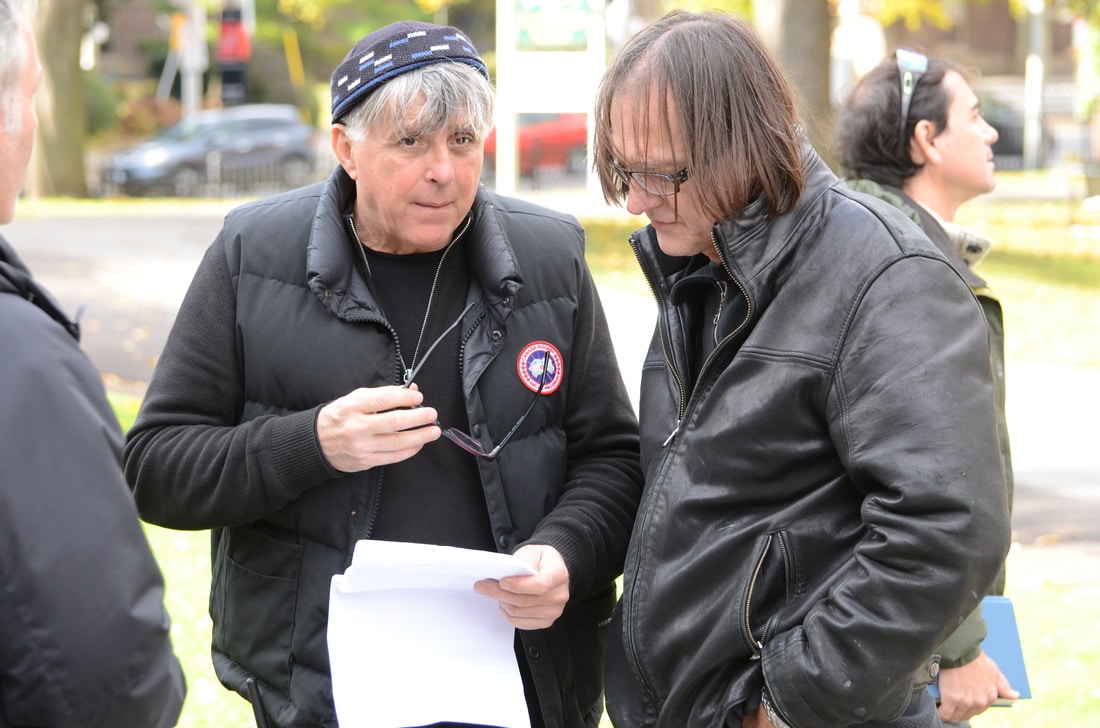
IMAGO: What is your regular “bread and butter” professionally? Do you do more fiction, long format, commercials, corporate video?
JH: Today I work on mostly long format and series but I have always been very diverse. In the last three years I have been doing some drone operating and DPing, I have an excellent pilot and after years of doing helicopter shooting it was a natural progression. For many years I shot commercials, series and rock videos, but once I got married and had a family, I pursued shorter projects till our children got older.
I feel very fortunate to have worked with many great cinematographers in my early years as a focus puller. I allowed myself to be influenced but never analytical, I feel the art of lighting should be an individual attribute.
Note: the October 2020 online edition of Canadian Cinematographer Magazine featured an article profiling the career of John Holosko CSC. You can read the article on John’s website by clicking here.
You can find out more about the film by visiting the Nursery Rhyme of a Madman webpage here.
Lars Pettersson FSF











